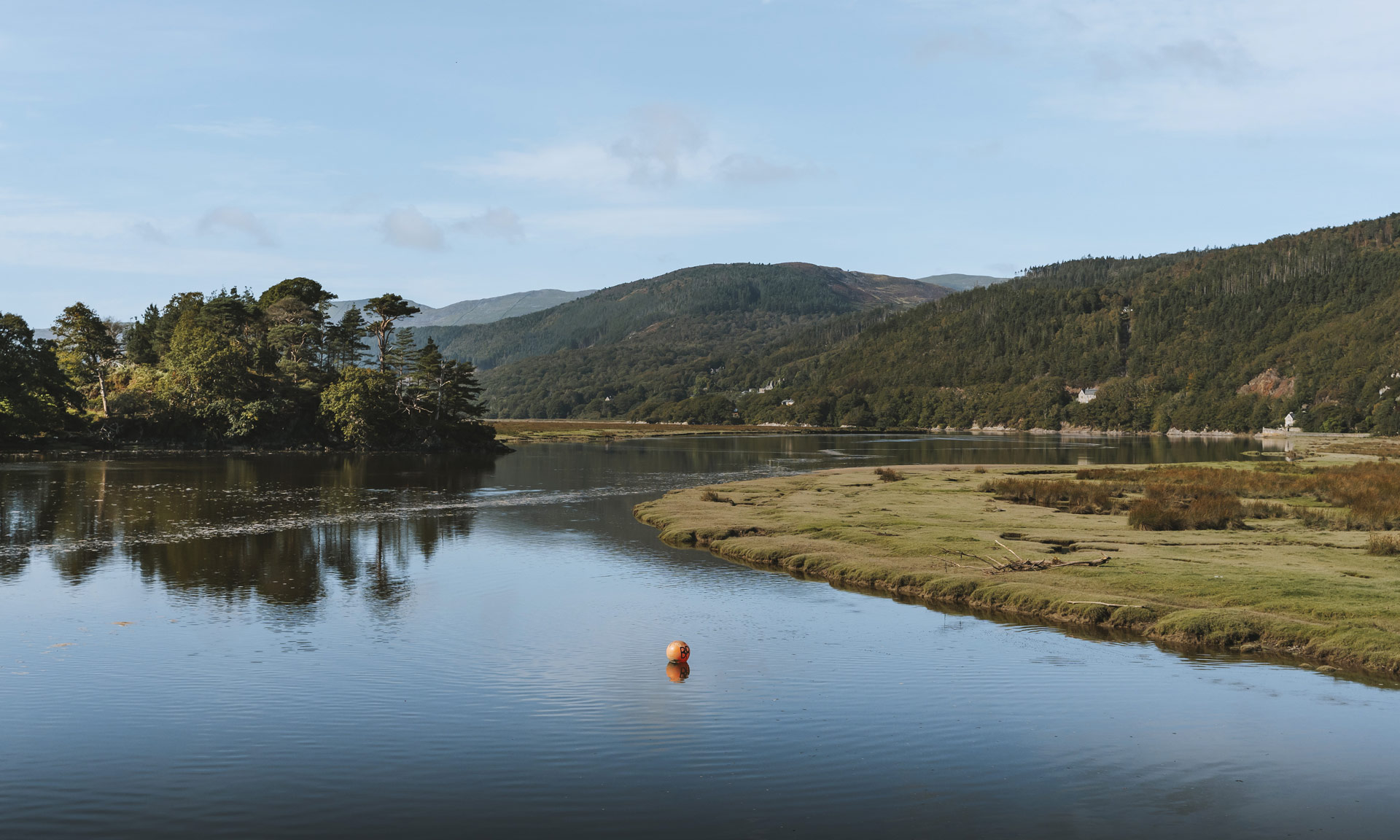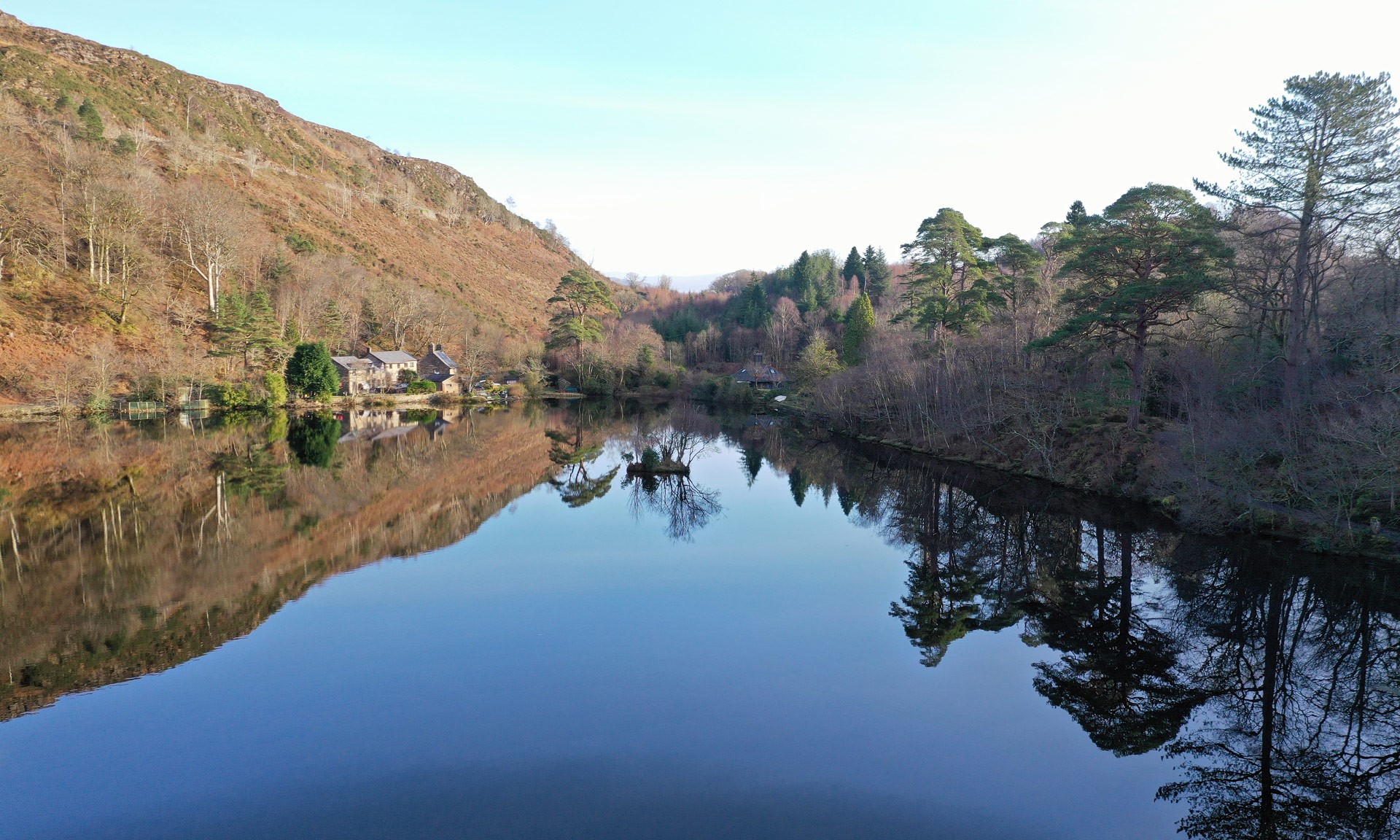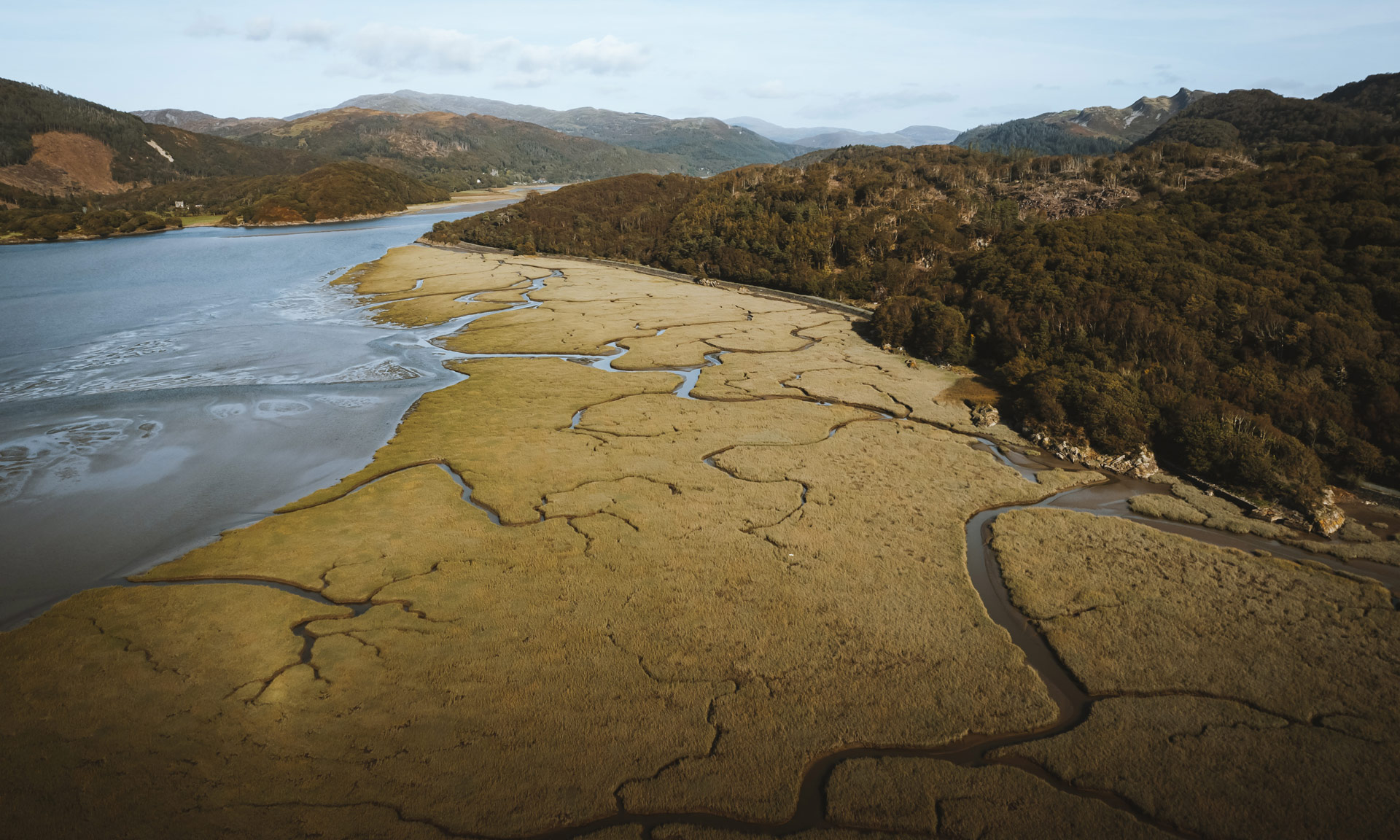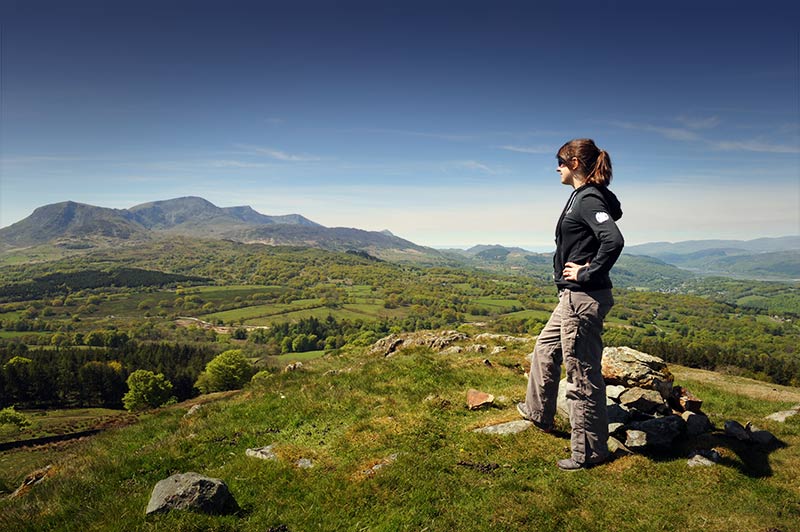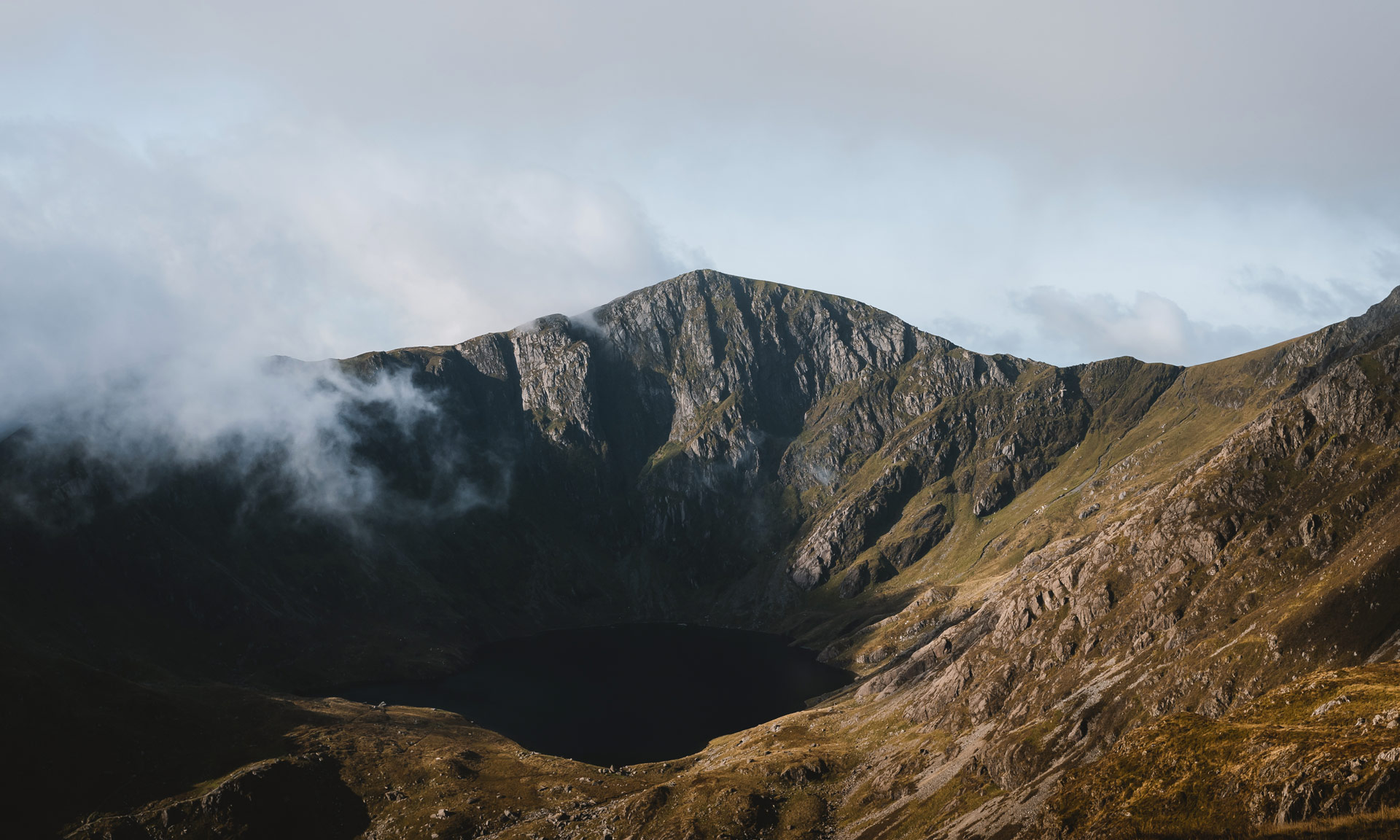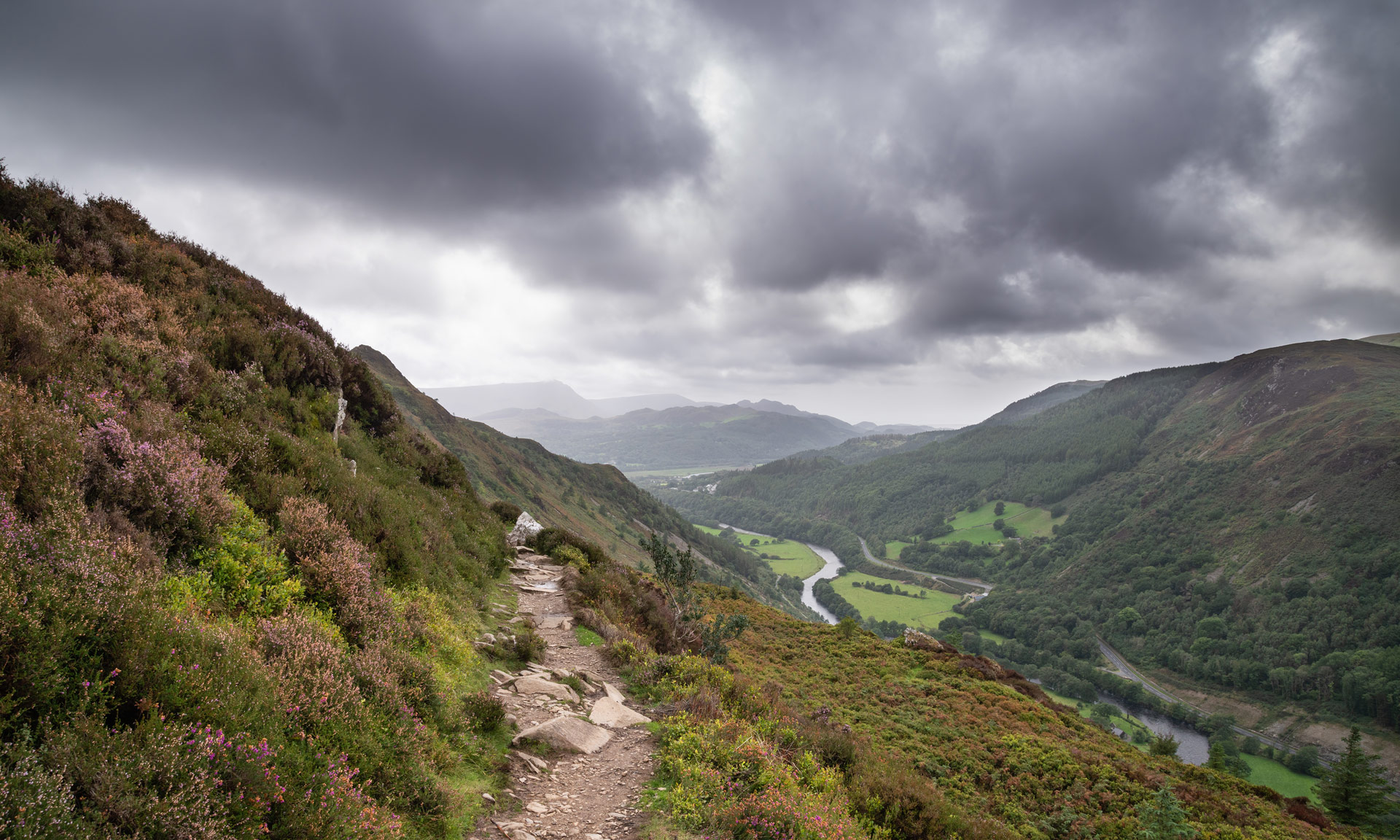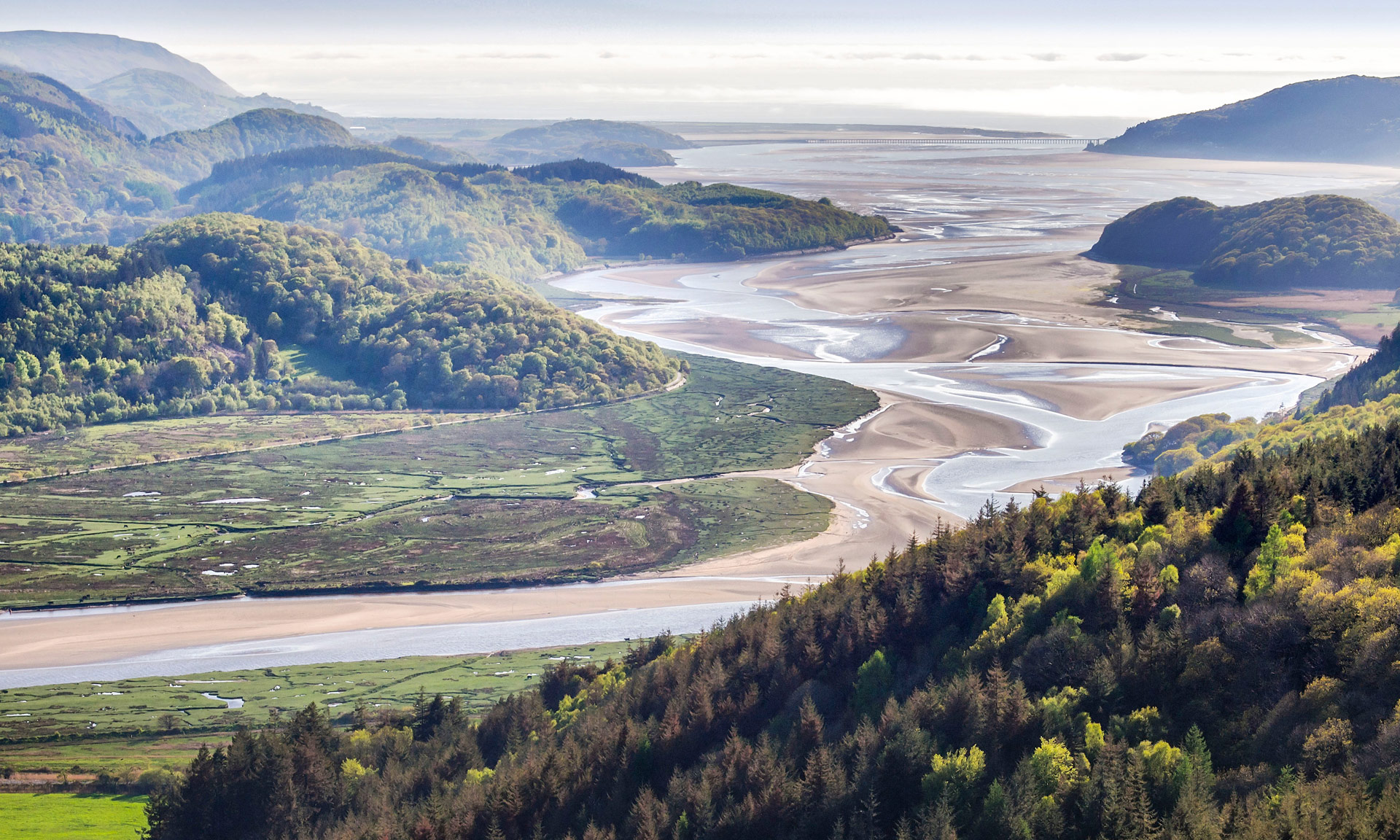The Dyffryn Maentwrog & Llyn Mair path is part of an extensive 30km network of footpaths situated between Plas Tan y Bwlch and Llyn Mair.
Established in 1989 by a partnership of local landowners, the network is strewn in local history and is abundant with wildlife.
This walk is a patchwork of different routes, with each junction marked with a post and number, so you can choose the length of your route to suit you. Remember to download or print the map from the website so that you can follow your route as you walk.
The network offers many other alternative routes which are easily navigatable with the area map and numbered waymarkers on the trail.
The trail includes old estate paths, some dating back to the 18th century when the Plas Tan y Bwlch estate landscaped the Maentwrog valley.
Much of the romance of exploring these paths is discovering those tell-tale signs that show the area’s rich historical heritage in addition to the wide variety of wildlife and habitats.
© Crown copyright and database rights OS AC0000825604. Use of this data is subject to terms and conditions.
The National Park Authority has categorised this route as a leisurely route. It is suitable for people with a reasonable/moderate level of fitness. The terrain may include unsurfaced and undulating rural paths. Walking boots and waterproof clothing are recommended.
Start / Finish
Lay-by near Plas Tan y Bwlch
Relevant OS Map
OS Explorer OL18 (Harlech, Porthmadog & Bala)
Always park in designated parking places and never in areas where you block entrances to fields or residential areas.
Lay-by near Plas Tan y Bwlch
Stay safe and help protect the countryside by reading the information about safety and following the Countryside Code.
Plas Tan y Bwlch is a mansion in the Maentwrog valley with a rich history dating back centuries. During the 16th century, Ieuan ap Iorwerth ap Adda and his descendants slowly acquired property and land in the Maentwrog and Ffestiniog area, which eventually became the Tan y Bwlch estate. The Tan y Bwlch families were highly regarded locally because of their supposed familial links to the famous Prince Gruffudd ap Cynan.
However, the Plas is probably best known for being the home of the Oakeley family during the 19th century. The Oakeley family’s wealth came from their ownership of the nearby Ffestiniog quarry. William Oakeley was Plas Tan y Bwlch’s most well-known owner. His arrival heralded prosperous times for the estate, which had grown substantially through marriage settlement and inheritance. William Oakeley was a popular man known locally as ‘Oakeley Fawr’ (Great Oakeley).
Meirionnydd County Council bought the house and grounds in 1969. They eventually came under the control of the National Park Authority, which opened the Plas as a study centre in 1975.
The Dwyryd river, visible from several points along the path, originally ran through a network of saltmarsh channels along the impressive Maentwrog valley floor. However, the land was used for agriculture in 1797. The river now runs between a series of dykes that snake their way from one side of the valley to the other.
Oak was commercially grown in the area between the 18th and 19th centuries, primarily for the shipbuilding industry at Porthmadog. Conifers were also grown for the quarries at Blaenau Ffestiniog, which were the primary source of income to the Oakeley family of Plas Tan y Bwlch. The present conifer plantation dates from the 1960s.
The Ffestiniog Railway carried slate from Blaenau Ffestiniog to Porthmadog from 1836. Today, its steam-hauled trains are used recreationally by residents, visitors and enthusiasts.
Llyn Mair is a 14-acre lake built in 1889 by William Edward Oakeley of Plas Tan y Bwlch. The lake was a 21st birthday gift for his daughter, Mair.
The Millpond in the gorge below Llyn Mair once supplied water to power the estate’s sawmill, flour mill and a turbine which generated electricity for the Plas and village of Maentwrog. Plas Tan y Bwlch is thought to be the first house in north Wales with lighting powered by hydroelectricity.
The valley’s woodlands are a designated Special Area of Conservation due to their abundance of upland oak. It is an excellent habitat for mosses, liverworts and lichens, and the rare bats found in the area.
The spring and summer seasons welcome pied flycatchers, redstarts and wood warblers. Llyn Mair is a magnet for wild ducks in the winter. Other birds recorded here are nightjar, goshawk and osprey.
Fox and badger signs are plentiful, and there have also been sightings of the elusive pine marten.
